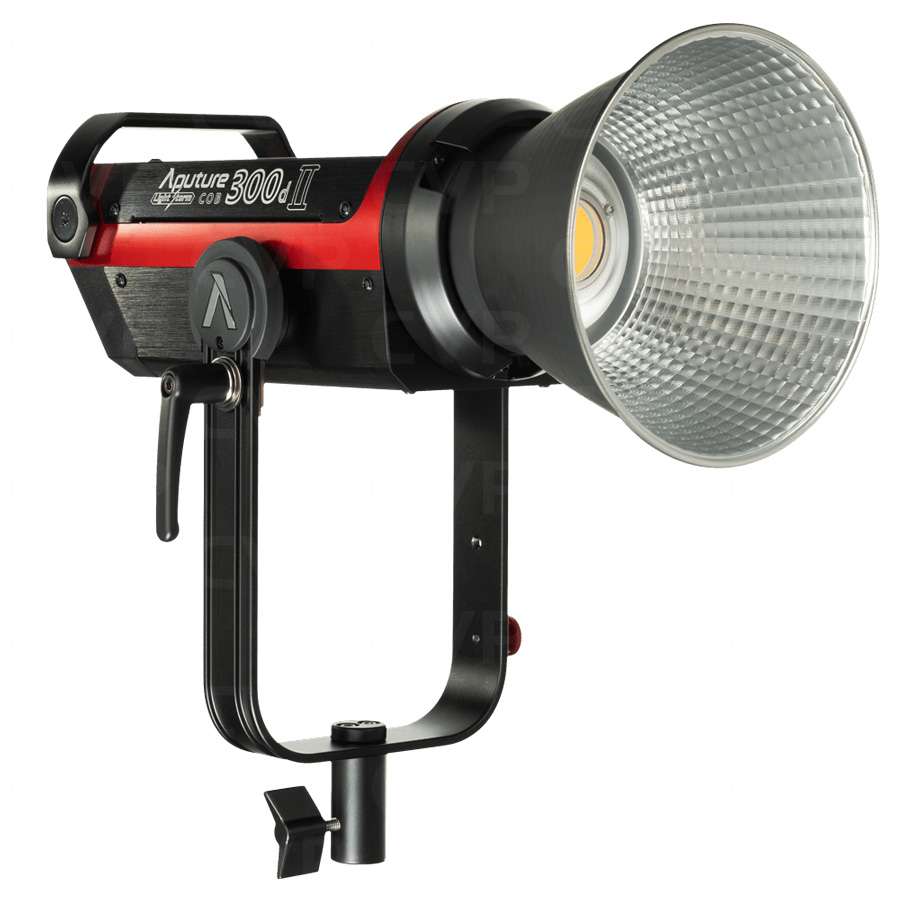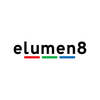PiXAPRO LED200B MKIII vs Aputure C300D
Making sure that you have the best equipment for continuous lighting is important, as it helps to create high quality and professional lighting on your subject. In this Blog, we compared to high-powered LED Continuous lights, the PiXAPRO LED200B MKIII and the Aputure C300D, to see which comes out on top.

Both of these do share some qualities. They are both LED Lighting, which means the both run a lot cooler than halogen lights whilst only using about 10% off the power. Each light works off of a 2.4GHz Radio Frequency and can be control via a remote control, meaning that you are able to adjust the settings of the light away from the unit, perfect if you find yourself on a large busy shoot. The both also come with S-Type Modifier Mounts, and as Bowens S-Type fitting is the most common available, it means that they are compatible with a large range of modifiers such as Softboxes and Reflectors. The both also have active cooling and built-in cooling fans, helping to prevent any overheating and allows you to use the lights over an extended period of time without issue. Now that we have looked at the similarities between these lights, lets take a look at how they differ.
The LED200B MKIII is a Bi-Colour Light, whereas the Aputure C300D is a Daylight Balanced light only, meaning that the LED200B MKIII give you more lighting freedom and possibilities compared to the C300D. As the name suggests, the C300D is a ≥300W light and the LED200B MKIII is a 200W light, so you would believe that the C300D would be brighter, but that isn’t the case. At 1m with the Standard Reflector attached, the LED200B MKIII offers a brightness of 16,000-lux. This is 5,000 more than the 11,000-lux offered by the Aputure C300D, so even though it has the larger maximum power, the LED200B MKIII makes use of the light much better.

Aputure Light Storm C300D II LED Light
Another benefit of the LED200B MKIII is that most Bi-colour lighting usually splits the power evenly between Daylight Balanced and Tungsten lighting, e.g. 100W Daylight and 100W Tungsten. But the LED200B MKIII offers the full power output for both Daylight and Bi-Colour, meaning you aren’t going to be missing any power when switching between the available lighting options. Comparing the Colour Temperature of both of these lights whilst at Daylight Balanced lighting, the LED200B MKIII offers 5600K (and 3200K for Tungsten) and the Aputure offers 5500K ± 200K. So, the LED200B MKIII offers a more vibrant and colour accurate representation of the subject, helping to make them stand out. This is further evident by the CRI and TLCI of these Lights, as the LED200B MKIII offers ≥97 and the C300D offers a CRI of ≥95 and TLCI of ≥96. All of these specifications help to show that the LED200B MKIII will help to offer a much more vibrant and colour accurate lighting.
The Size of the Light would have you believe that the Aputure C300D is the smaller, as the light dimensions are 343.5mm x 305.9mm x 186.3mm compared to the LED200B MKIII which is 360mm x 250mm x 315mm. But whereas the LED200B MKII comes with all the controls together in the single unit, the Aputure C300D spreads these across three different parts, the light and then 2 different control boxes. The extra parts of the light might make things more awkward, due to the excess wiring and cables to keep these parts together, which could get in the way during a busy shoot. The weight also further shows this, as the LED200B MKIII weighs approximately 3.6KG whereas the Aputure C300D weighs only approximately 2.1KG. But once you add the weight of the control boxes to this, it comes to an approximate combined weigh of 10.65KG, which is nearly 3 times as heavy as the LED200B MKIII.
The LED200D MKIII also comes with a few incentives and perks. It comes with a 2 Year UK Warranty from PiXAPRO, meaning that if during this time there are any issues or queries regarding your light, you could get in contact and they would be more than happy to find the best resolution for you. Another positive to the LED200B MKIII is the price. Currently, the LED200B MKIII is being sold for £499.99 and the C300D is being sold for approximately £850. So, for £350 less, you would get a brighter light overall that offers better colour representation. The money saved could also go towards any modifiers or accessories you find you may need for your equipment.
Whilst both lights are high-quality and will offer a professional lighting for you shoot, it’s hard to argue that the LED200B MKIII isn’t the better of the two lighting options, with the higher overall brightness even with less power output, as well as all the other benefits and incentives.








































































































































































































































































